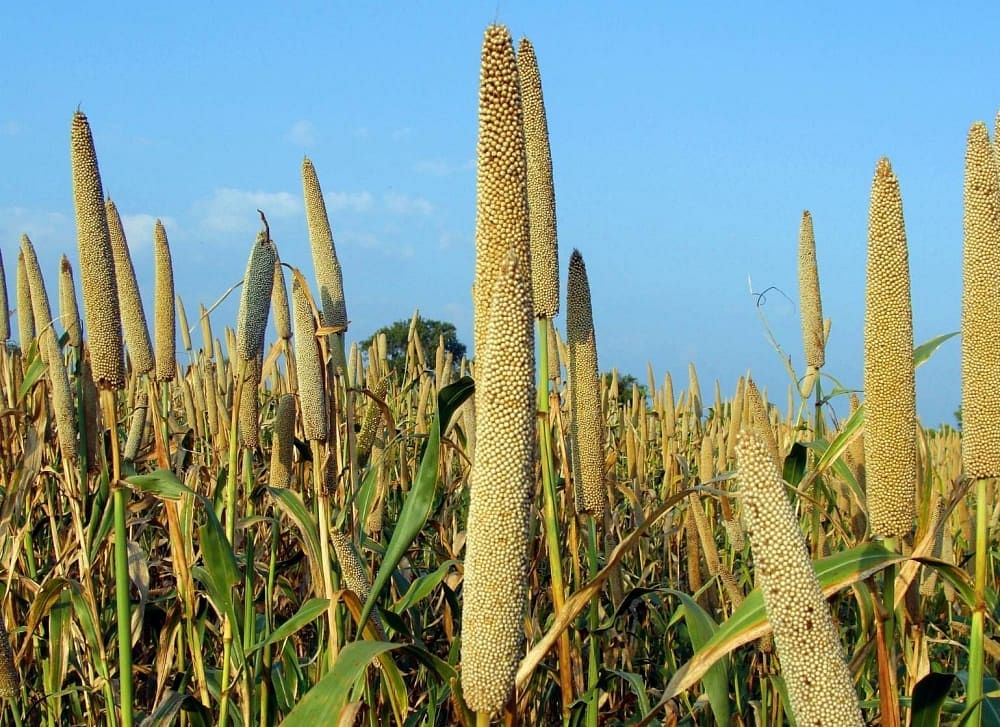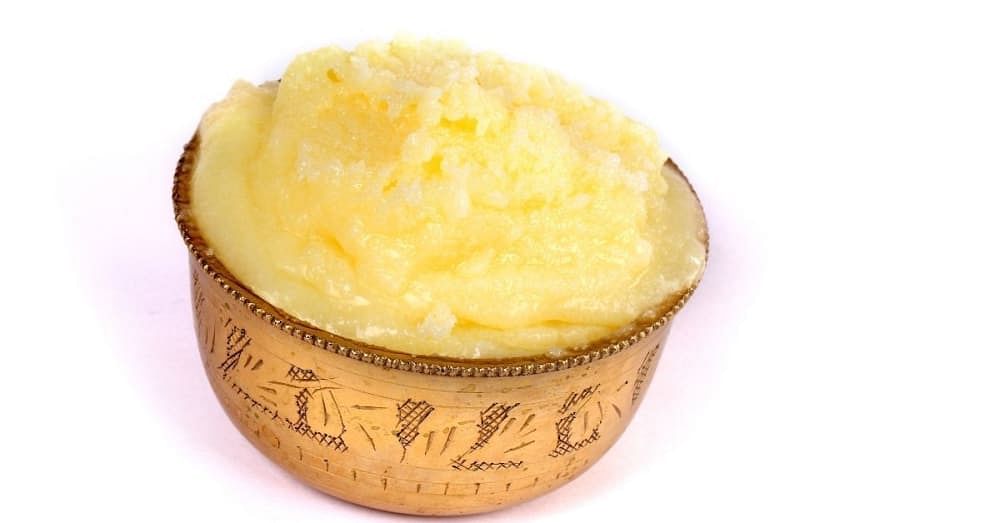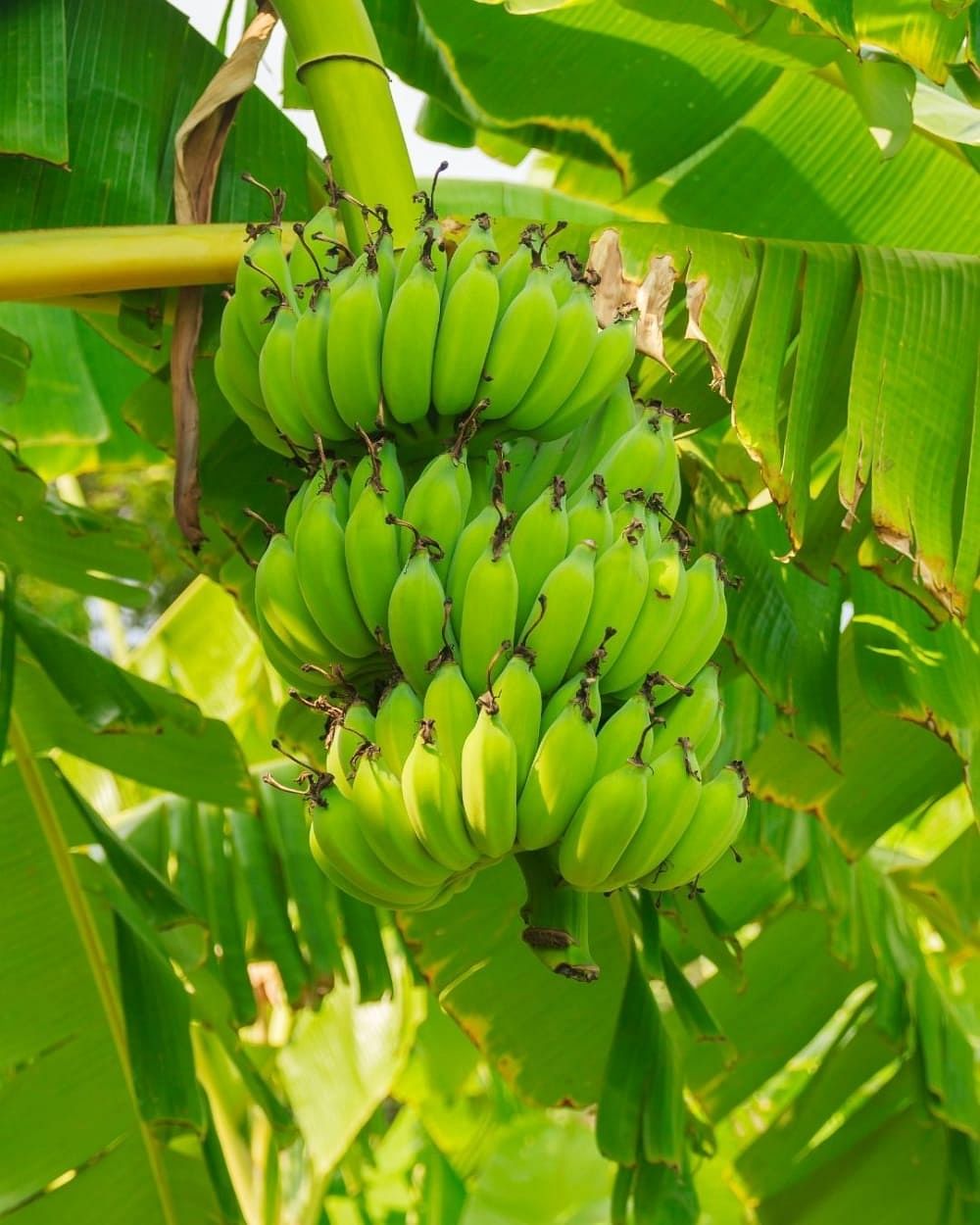Bajra Roti Nutrition
Bajra, also popularly known as millet flour, is a staple food in India. These
nutritious and fluffy bajra rotis offer plenty of health benefits. They are gluten-free, so for those of you who have an irritable gut or are allergic to gluten, bajra rotis can be your saviour.
Cooked millet is a good source of protein, carbohydrates, as well as fibre. One bajra roti has almost 3.2 grams of protein which is double of a wheat roti. It also contains many vitamins (B1, B2, B3, B5, B6, B9) and minerals (iron, potassium, magnesium, manganese, copper, zinc and selenium).
Bajra Roti Calories
Bajra contains a variety of nutrients that are good for your health. Although bajra roti has a higher calorie content than whole wheat roti, its nutritional profile compensates for the same. Bajra roti has 116 Kcal, which is faintly more than a wheat roti.
Here are the nutritional values of bajra roti -
- Fat - 5.01g
- Saturated Fats - 0.933g
- Carbohydrates - 66.8g
- Fibre - 2 g
- Sodium - 286 mg
- Potassium - 284 mg
Also Read: How Many Calories In Roti & Is Chapati Good For Weight Loss?
Bajra Health Benefits
- When compared to other grains, bajra has more rich omega-3 fats. Omega-3 oils have been linked to reducing blood pressure, triglycerides, and plaque formation in arteries. They also help maintain good heart health.
- Bajra is also a good source of iron and phosphorus. Iron is an essential nutrient for cognitive function, memory, and energy. Low iron levels might leave you feeling weary and weak.
Also Read: Amazing Benefits of Dalia Which Will Convince You Eat It Daily!
Bajra roti benefits
1) Bajra roti for weight loss
Bajra roti is a good choice in case you want to shed some weight. It is a rich source of complex carbohydrates. Complex carbohydrates take time to get digested by the body and therefore curb hunger pangs. It also provides you with an ample amount of energy.
2) Aids indigestion
Bajra is a rich source of fibre which is beneficial for your gut health. According to studies, it improves bowel movement, aids digestion, and prevents water retention in the body.
3) Free from gluten
Bajra is one of the very few gluten-free cereals available. Choosing bajra roti over whole wheat roti can help you eliminate gluten from your diet, especially if you have celiac disease (gluten sensitivity).
4) Good for the heart health
Omega-3 fats, magnesium, potassium, fibre, and other minerals found in bajra decrease blood pressure, which keeps your heart healthy.
5) Bajra benefits for diabetes
Is bajra good for diabetes? Yes. As bajra roti slows glucose absorption into the bloodstream, it is good for people with diabetes.
6) Detoxifies your body
One of the bajra flour benefits is that they are high in antioxidants, which aid in removing free radicals from the body. Bajra also gets rid of toxins from your body, such as those found in the liver and kidneys. They eliminate foreign substances from your body and aid in the neutralization of enzyme activity in specific organs.
7) Manages cholesterol
Bajra roti can be ingested by people who have a cholesterol problem. The high fibre content in bajra helps to lower bad cholesterol levels in the bloodstream. It is further linked with protecting your heart from cardiovascular diseases.
8) Bajra roti benefits in pregnancy
Pearl millet, also known as Bajra, is one of the numerous nutrient-rich grains for pregnant women. It is a good source of iron, which aids in the improvement of haemoglobin levels. Fibre, antioxidants, zinc, magnesium, copper, and vitamin B are also abundant.
How to Cook Bajra
Bajra is a versatile ingredient that may be used in a variety of meals. Simply put 1 cup (170 gm) millet and 2 cups (473 mL) of water or broth to a boil to make bajra.
To make a creamier bajra, mix it constantly as it cooks and add water as needed to achieve the desired consistency. Bring the flame to low heat and cook for about 15 minutes. The grain should be then light and fluffy for you to enjoy.
Difference Between Jowar and bajra
Jowar, also called Sorghum, has more carbohydrates than bajra (77 gms). Bajra provides more protein and fibre content than jowar. In terms of calories, they are almost equal (360 calories in 100gm). Therefore, for a person who is on their weight loss journey, bajra is a better option.
Bajra Side Effects and Risks
- According to certain sources, antinutrients may be present in bajra and other millets. Antinutrients are substances that can prevent or reduce the absorption of other nutrients.
- According to some studies, bajra contains phytates, oxalates that may inhibit the absorption of iron, zinc, phosphorus, and other minerals.












